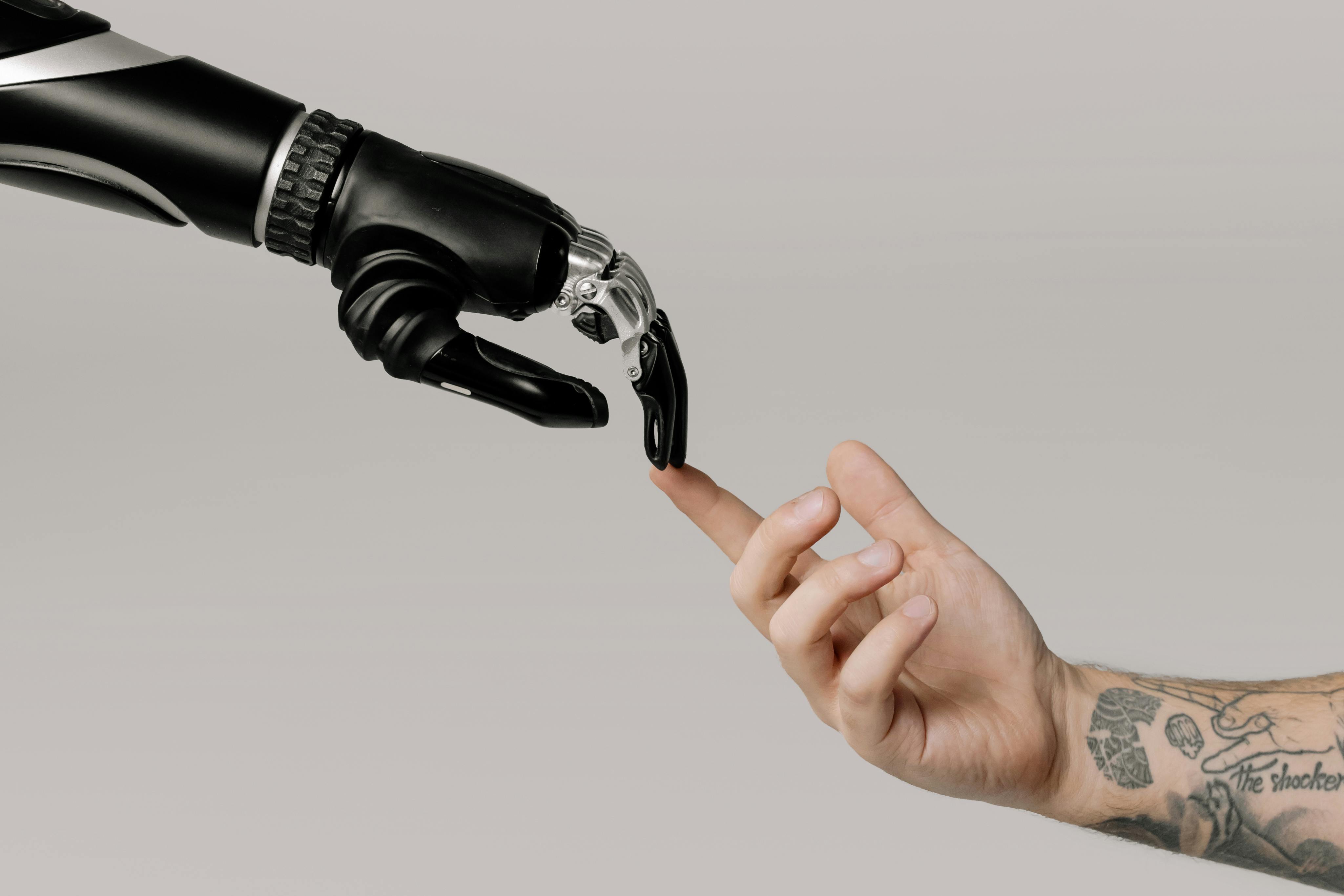AI Product Photoshoot: A Game Changer for E-Commerce
Blogs
•
Nov 5, 2024


AI product photoshoot, where cutting-edge technology meets artistic brilliance to take your business to new heights. In this competitive digital landscape, captivating visuals are more important than ever. AI product photoshoots provide a game-changing solution.
These photoshoots harness the power of artificial intelligence. They allow you to showcase your products in the most visually appealing way. This approach is also very persuasive. AI seamlessly blends real images and synthetic elements. This generates stunning visuals. They captivate your audience. Ultimately, these visuals drive conversions and boost sales.
Gone are the days of expensive studio setups and lengthy photoshoots. With AI, you can tailor your product images to specific platforms. You can optimize for different devices. Experiment with creative variations—all with the click of a button.

You might be an e-commerce entrepreneur trying to stand out in a crowded market. Alternatively, you could be a brand aiming to captivate your target audience. Embracing AI product photoshoots can take your business to new heights. Stay ahead of the curve and unleash the power of AI to elevate your visual content game like never before.
Benefits of using AI for product photoshoots
The integration of AI technology into product photography has revolutionized the way businesses showcase their offerings. One of the most significant benefits of using AI for product photoshoots is cost-effectiveness. Traditional photography often involves hiring professional photographers, renting studio space, and managing lengthy sessions that can add up quickly in expenses. With AI-powered solutions, businesses can significantly reduce these costs by automating much of the process. This allows companies, especially small and medium-sized enterprises, to allocate their budgets more efficiently while still producing high-quality images that resonate with consumers.
Another major advantage is the speed at which AI can deliver results. In a fast-paced digital environment, businesses need to adapt quickly to trends and consumer demands. AI product photoshoots can streamline the entire process, allowing businesses to generate a large volume of images in a fraction of the time it would take with traditional methods. This means that companies can launch new products or marketing campaigns faster, keeping them ahead of the competition and ensuring they remain relevant in the eyes of their target audience.
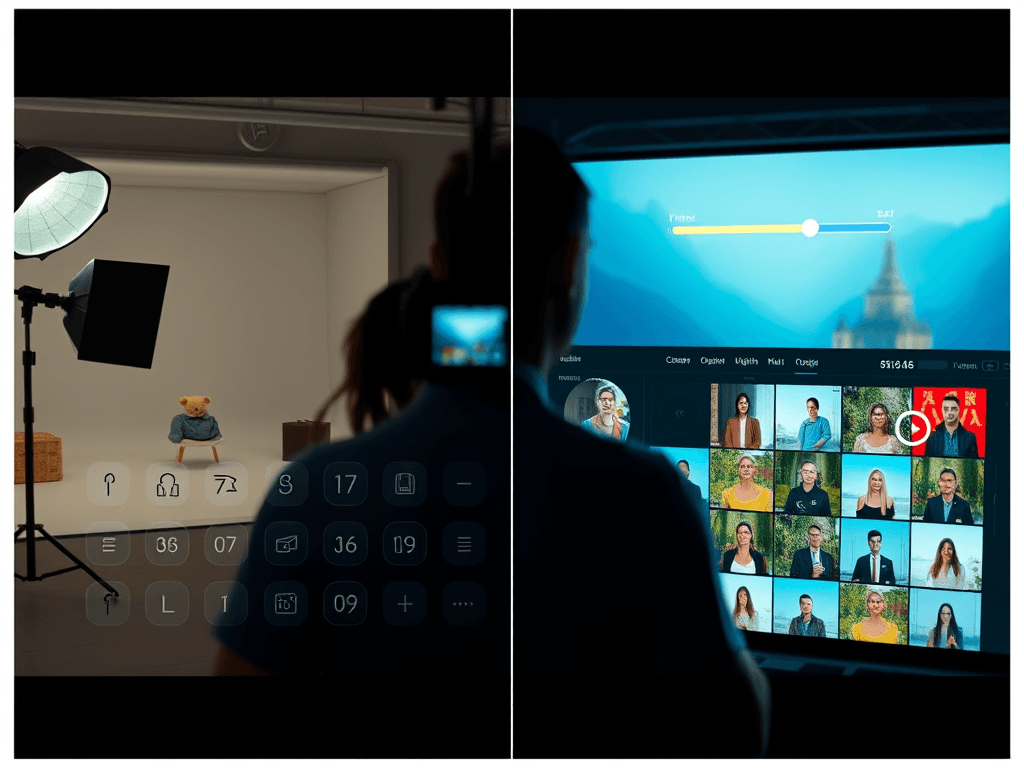
Moreover, AI enhances the creative possibilities available for product imagery. With advanced capabilities such as image synthesis, background removal, and virtual staging, AI can generate visually striking photos that may not be possible through conventional photography. Businesses can experiment with various styles, settings, and even color palettes, all tailored to their brand identity. This level of creativity not only helps in attracting customers but also in maintaining a consistent brand image across various platforms and marketing channels.

AI product photoshoot statistics
The impact of AI on product photography is underscored by various statistics that highlight its growing adoption and effectiveness. A recent study found that businesses using AI for visual content creation saw up to a 70% increase in engagement rates across their digital platforms. This is a significant boost, demonstrating that consumers are more likely to interact with visually appealing content generated through advanced technology. Furthermore, companies that utilized AI for product representation reported that Ai is 30 times faster than traditional methods, allowing for faster turnaround times for marketing initiatives.
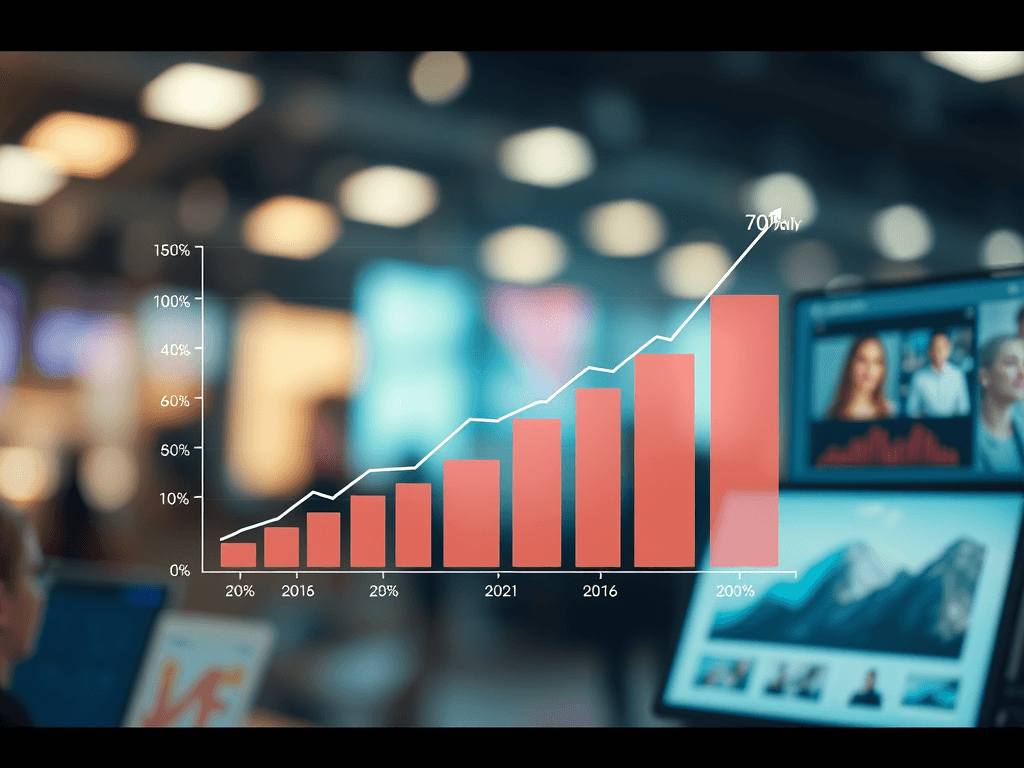
This showcases the efficacy of AI in not only attracting potential customers but also converting them into buyers. When consumers are presented with high-quality, visually engaging product images, their confidence in the product increases, leading to higher sales figures. The ability to customize these images for different platforms, ensuring optimal presentation, has also played a crucial role in this success.
Moreover, according to a survey conducted among digital marketers, 80% believe that AI will play a central role in future marketing strategies. This indicates a strong trend towards embracing AI technologies in various facets of business operations, including product photography. As these technologies continue to evolve, businesses that remain ahead of the curve by incorporating AI-driven solutions into their photo shoots will likely enjoy a competitive edge in the market.

How AI product photoshoots work
AI product photoshoots leverage sophisticated algorithms and machine learning techniques to create visually appealing images. The process typically begins with feeding the AI model a dataset of existing product images, which can include various angles, lighting conditions, and backgrounds. As the model analyzes this data, it learns to understand various aspects of product presentation, such as composition, color balance, and visual aesthetics. This foundational knowledge enables the AI to generate new images that align with the desired style and quality.
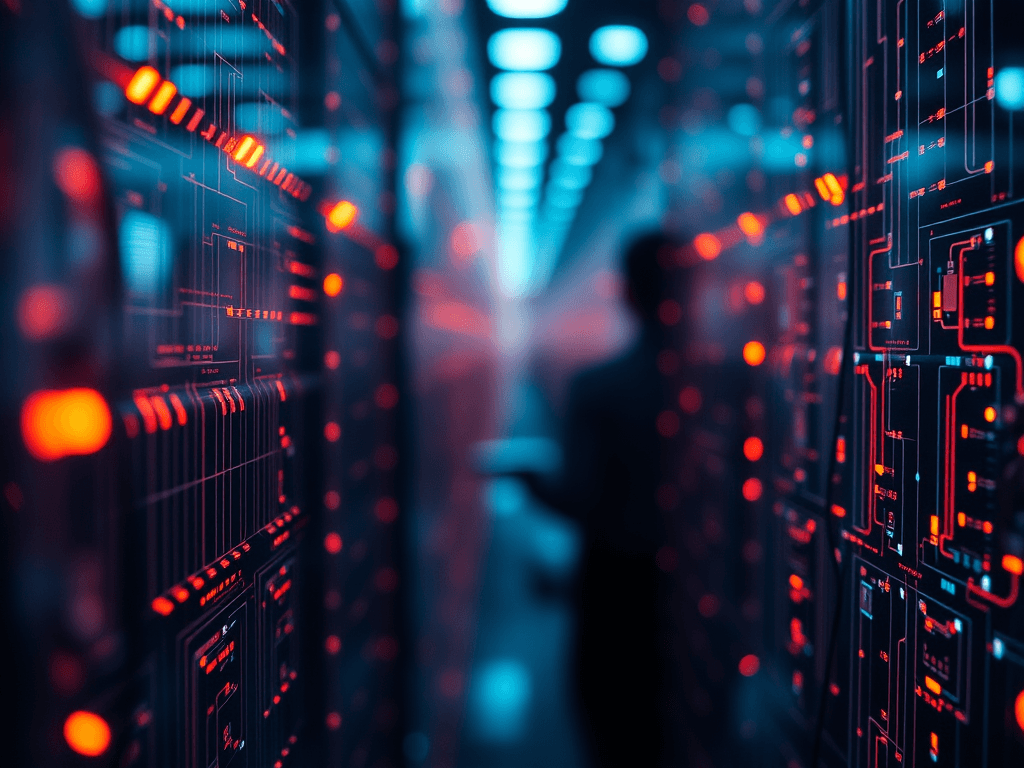
Once the AI has been trained, it can utilize techniques like Generative Adversarial Networks (GANs) to create entirely new product images from scratch or enhance existing ones. GANs consist of two neural networks—the generator and the discriminator—that work together to produce realistic images. The generator creates new images, while the discriminator evaluates them against real images, ensuring that the output meets a high standard of quality. This iterative process allows the AI to refine its capabilities continuously, leading to increasingly sophisticated results.

In addition to image generation, AI can also automate tedious tasks such as background removal and image retouching. This automation not only saves time but also ensures consistency across the visual content. By eliminating distractions and focusing solely on the product, businesses can enhance the overall presentation of their offerings. Furthermore, AI tools can analyze user engagement and feedback, allowing businesses to optimize their images based on real-time data, ensuring that the visuals align with consumer preferences and trends.
Choosing the right AI product photoshoot software
Selecting the appropriate AI product photoshoot software is crucial for maximizing the benefits of this technology. With numerous options available in the market, businesses should consider several key factors. First and foremost, the software should be user-friendly and accessible, allowing team members with varying levels of technical expertise to navigate the platform. A streamlined interface can significantly reduce the learning curve and facilitate smooth collaboration among team members involved in the product photography process.
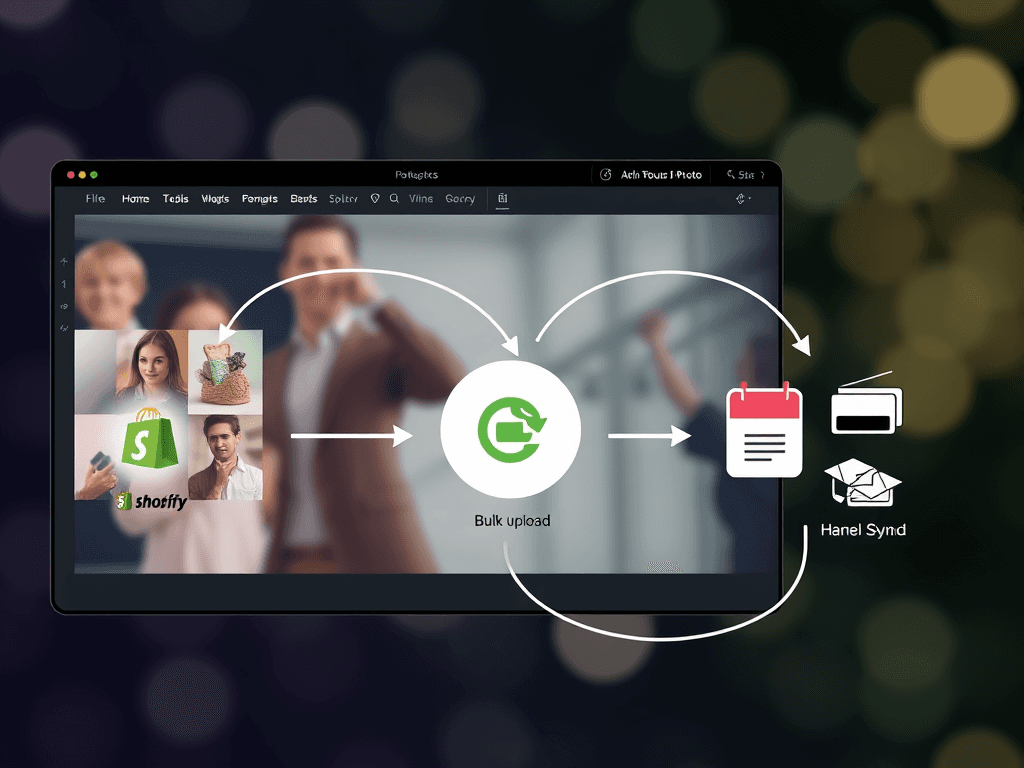
Another important consideration is the software's capabilities in terms of image quality and customization options. The best AI product photoshoot software should offer advanced features such as automatic background removal, virtual staging, and the ability to create multiple variations of product images. These features will enable businesses to produce high-quality visuals tailored to different marketing channels without sacrificing consistency or brand identity. Additionally, businesses should look for software that allows for easy integration with existing e-commerce platforms and marketing tools, streamlining the workflow from image creation to publication.

Lastly, businesses should prioritize software that provides robust support and updates. As technology continues to evolve, having access to regular updates can ensure that your software remains cutting-edge. Furthermore, responsive customer support can help address any challenges that may arise during the photo shoot process, ensuring that businesses can continue to create captivating visuals without disruption. By carefully evaluating these factors, businesses can choose the right AI product photoshoot software that aligns with their goals and enhances their visual content strategy.
Tips for a successful AI product photos
To make the most of AI product photoshoots, businesses should adhere to certain best practices that can enhance the overall effectiveness of their visual content. First, it is essential to gather high-quality input images for the AI model. The more diverse and comprehensive the dataset, the better the AI can learn and generate realistic images. This includes taking pictures of the product from multiple angles, in various lighting conditions, and even with different backdrops. The richness of the input data will directly impact the quality of the final output, so investing time in this initial phase is crucial.
Another key tip is to define a clear vision for the desired outcome. Businesses should establish specific goals for their product images, such as the intended mood, target audience, and platform where the images will be used. This clarity will guide the AI in generating visuals that align with the brand's identity and marketing objectives. Additionally, experimenting with different styles and settings can lead to unique and eye-catching images that can set the brand apart from competitors. A/B testing various designs can also provide insights into which aesthetics resonate most with the audience.

Lastly, continuous monitoring and analysis of the generated images are vital. By tracking performance metrics, such as engagement rates and conversion statistics, businesses can refine their approach over time. Analyzing consumer feedback on different images will also help identify what works best and inform future photo shoots. This iterative process ensures that businesses continuously improve their visual content, maximizing the effectiveness of their AI-powered product photography efforts.
Integrating AI product photos into your marketing strategy
For businesses to fully leverage the power of AI product photos, integration into their overall marketing strategy is essential. Start by ensuring that the generated images align with the brand's voice and messaging. Consistency across all marketing channels, including social media, websites, and email campaigns, is crucial for building brand recognition and trust. This means using AI-generated images that reflect the brand's identity while still being visually appealing and optimized for the target audience.
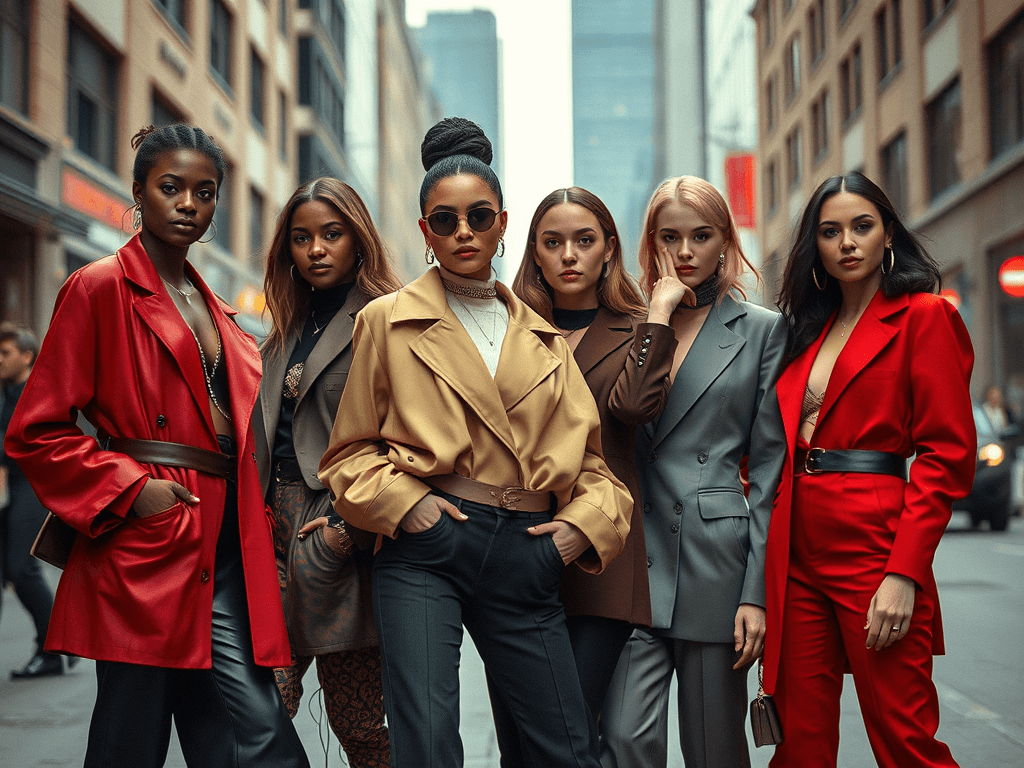
Incorporating AI product photos into various marketing channels can also enhance engagement. For instance, utilizing these images in social media ads can improve click-through rates and drive traffic to the company's website. Similarly, high-quality product images can enhance user experience on e-commerce platforms, making it easier for customers to visualize the products they are interested in. By ensuring that the visuals are tailored for each platform, such as adjusting dimensions for Instagram or using dynamic images for email marketing, businesses can maximize their reach and impact.
Lastly, businesses should consider utilizing AI-generated images in storytelling and content marketing strategies. Engaging narratives that highlight the product's benefits can be complemented by stunning visuals that captivate the audience. This combination can enhance brand storytelling, making it more relatable and memorable. By integrating AI product photos into broader marketing initiatives, businesses can create a cohesive and compelling narrative that resonates with their audience, ultimately driving brand loyalty and increasing conversions.
AI product photoshoot services and platforms
As the demand for AI product photoshoots continues to grow, several services and platforms have emerged to cater to businesses seeking this innovative solution. One prominent player is DeepAI, which offers a suite of tools for generating high-quality images using AI algorithms. Their platform allows users to upload images, select desired styles, and customize outputs to create unique visuals that align with their brand identity. The user-friendly interface and robust editing capabilities make DeepAI a popular choice for businesses looking to enhance their product photography.

Ayna has positioned itself as a unique solution for ecommerce brands seeking high-quality, customizable visuals. Unlike other platforms, Ayna is specifically designed for the fashion and apparel industry, providing businesses with an AI-powered tool to create fully personalized photoshoots that align perfectly with their brand identity. With Ayna, users can select from a range of virtual models, backgrounds, and shoot styles, giving them complete creative control over every aspect of their images.
Another noteworthy platform is Canva, which has integrated AI capabilities into its design software. Canva’s AI tools allow users to create visually appealing product images effortlessly, featuring options for background removal and image enhancement. This accessibility makes Canva an attractive option for small businesses and entrepreneurs who may lack extensive design resources. Furthermore, the platform’s extensive library of templates and design elements enables users to produce consistent branding across various marketing channels with ease.
Conclusion: Embracing the future of product photography
In conclusion, the integration of AI into product photography represents a transformative shift in how businesses present their offerings. The numerous benefits, from cost savings to enhanced creative possibilities, highlight the value of adopting this technology in a competitive digital landscape. As illustrated by the compelling statistics and success stories, AI product photoshoots can significantly increase engagement and conversion rates, making them an essential component of modern marketing strategies.
As technology continues to evolve, businesses that embrace AI product photography will be better positioned to adapt to changing consumer preferences and market dynamics. The ability to generate high-quality, tailored visuals quickly and efficiently opens up new avenues for creativity and innovation. By selecting the right software, implementing best practices, and integrating AI-generated images into their marketing efforts, businesses can elevate their visual content game and stand out in a crowded marketplace.
Ultimately, embracing the future of product photography through AI not only enhances a brand's visual appeal but also contributes to long-term success. As more businesses recognize the advantages of this technology, those who take the initiative to leverage AI product photoshoots will be at the forefront of their industries, leading the way into a new era of captivating visual storytelling.






Related insights
AI Product Photoshoot: A Game Changer for E-Commerce
Blogs
•
Nov 5, 2024

AI product photoshoot, where cutting-edge technology meets artistic brilliance to take your business to new heights. In this competitive digital landscape, captivating visuals are more important than ever. AI product photoshoots provide a game-changing solution.
These photoshoots harness the power of artificial intelligence. They allow you to showcase your products in the most visually appealing way. This approach is also very persuasive. AI seamlessly blends real images and synthetic elements. This generates stunning visuals. They captivate your audience. Ultimately, these visuals drive conversions and boost sales.
Gone are the days of expensive studio setups and lengthy photoshoots. With AI, you can tailor your product images to specific platforms. You can optimize for different devices. Experiment with creative variations—all with the click of a button.

You might be an e-commerce entrepreneur trying to stand out in a crowded market. Alternatively, you could be a brand aiming to captivate your target audience. Embracing AI product photoshoots can take your business to new heights. Stay ahead of the curve and unleash the power of AI to elevate your visual content game like never before.
Benefits of using AI for product photoshoots
The integration of AI technology into product photography has revolutionized the way businesses showcase their offerings. One of the most significant benefits of using AI for product photoshoots is cost-effectiveness. Traditional photography often involves hiring professional photographers, renting studio space, and managing lengthy sessions that can add up quickly in expenses. With AI-powered solutions, businesses can significantly reduce these costs by automating much of the process. This allows companies, especially small and medium-sized enterprises, to allocate their budgets more efficiently while still producing high-quality images that resonate with consumers.
Another major advantage is the speed at which AI can deliver results. In a fast-paced digital environment, businesses need to adapt quickly to trends and consumer demands. AI product photoshoots can streamline the entire process, allowing businesses to generate a large volume of images in a fraction of the time it would take with traditional methods. This means that companies can launch new products or marketing campaigns faster, keeping them ahead of the competition and ensuring they remain relevant in the eyes of their target audience.

Moreover, AI enhances the creative possibilities available for product imagery. With advanced capabilities such as image synthesis, background removal, and virtual staging, AI can generate visually striking photos that may not be possible through conventional photography. Businesses can experiment with various styles, settings, and even color palettes, all tailored to their brand identity. This level of creativity not only helps in attracting customers but also in maintaining a consistent brand image across various platforms and marketing channels.

AI product photoshoot statistics
The impact of AI on product photography is underscored by various statistics that highlight its growing adoption and effectiveness. A recent study found that businesses using AI for visual content creation saw up to a 70% increase in engagement rates across their digital platforms. This is a significant boost, demonstrating that consumers are more likely to interact with visually appealing content generated through advanced technology. Furthermore, companies that utilized AI for product representation reported that Ai is 30 times faster than traditional methods, allowing for faster turnaround times for marketing initiatives.

This showcases the efficacy of AI in not only attracting potential customers but also converting them into buyers. When consumers are presented with high-quality, visually engaging product images, their confidence in the product increases, leading to higher sales figures. The ability to customize these images for different platforms, ensuring optimal presentation, has also played a crucial role in this success.
Moreover, according to a survey conducted among digital marketers, 80% believe that AI will play a central role in future marketing strategies. This indicates a strong trend towards embracing AI technologies in various facets of business operations, including product photography. As these technologies continue to evolve, businesses that remain ahead of the curve by incorporating AI-driven solutions into their photo shoots will likely enjoy a competitive edge in the market.

How AI product photoshoots work
AI product photoshoots leverage sophisticated algorithms and machine learning techniques to create visually appealing images. The process typically begins with feeding the AI model a dataset of existing product images, which can include various angles, lighting conditions, and backgrounds. As the model analyzes this data, it learns to understand various aspects of product presentation, such as composition, color balance, and visual aesthetics. This foundational knowledge enables the AI to generate new images that align with the desired style and quality.

Once the AI has been trained, it can utilize techniques like Generative Adversarial Networks (GANs) to create entirely new product images from scratch or enhance existing ones. GANs consist of two neural networks—the generator and the discriminator—that work together to produce realistic images. The generator creates new images, while the discriminator evaluates them against real images, ensuring that the output meets a high standard of quality. This iterative process allows the AI to refine its capabilities continuously, leading to increasingly sophisticated results.

In addition to image generation, AI can also automate tedious tasks such as background removal and image retouching. This automation not only saves time but also ensures consistency across the visual content. By eliminating distractions and focusing solely on the product, businesses can enhance the overall presentation of their offerings. Furthermore, AI tools can analyze user engagement and feedback, allowing businesses to optimize their images based on real-time data, ensuring that the visuals align with consumer preferences and trends.
Choosing the right AI product photoshoot software
Selecting the appropriate AI product photoshoot software is crucial for maximizing the benefits of this technology. With numerous options available in the market, businesses should consider several key factors. First and foremost, the software should be user-friendly and accessible, allowing team members with varying levels of technical expertise to navigate the platform. A streamlined interface can significantly reduce the learning curve and facilitate smooth collaboration among team members involved in the product photography process.

Another important consideration is the software's capabilities in terms of image quality and customization options. The best AI product photoshoot software should offer advanced features such as automatic background removal, virtual staging, and the ability to create multiple variations of product images. These features will enable businesses to produce high-quality visuals tailored to different marketing channels without sacrificing consistency or brand identity. Additionally, businesses should look for software that allows for easy integration with existing e-commerce platforms and marketing tools, streamlining the workflow from image creation to publication.

Lastly, businesses should prioritize software that provides robust support and updates. As technology continues to evolve, having access to regular updates can ensure that your software remains cutting-edge. Furthermore, responsive customer support can help address any challenges that may arise during the photo shoot process, ensuring that businesses can continue to create captivating visuals without disruption. By carefully evaluating these factors, businesses can choose the right AI product photoshoot software that aligns with their goals and enhances their visual content strategy.
Tips for a successful AI product photos
To make the most of AI product photoshoots, businesses should adhere to certain best practices that can enhance the overall effectiveness of their visual content. First, it is essential to gather high-quality input images for the AI model. The more diverse and comprehensive the dataset, the better the AI can learn and generate realistic images. This includes taking pictures of the product from multiple angles, in various lighting conditions, and even with different backdrops. The richness of the input data will directly impact the quality of the final output, so investing time in this initial phase is crucial.
Another key tip is to define a clear vision for the desired outcome. Businesses should establish specific goals for their product images, such as the intended mood, target audience, and platform where the images will be used. This clarity will guide the AI in generating visuals that align with the brand's identity and marketing objectives. Additionally, experimenting with different styles and settings can lead to unique and eye-catching images that can set the brand apart from competitors. A/B testing various designs can also provide insights into which aesthetics resonate most with the audience.

Lastly, continuous monitoring and analysis of the generated images are vital. By tracking performance metrics, such as engagement rates and conversion statistics, businesses can refine their approach over time. Analyzing consumer feedback on different images will also help identify what works best and inform future photo shoots. This iterative process ensures that businesses continuously improve their visual content, maximizing the effectiveness of their AI-powered product photography efforts.
Integrating AI product photos into your marketing strategy
For businesses to fully leverage the power of AI product photos, integration into their overall marketing strategy is essential. Start by ensuring that the generated images align with the brand's voice and messaging. Consistency across all marketing channels, including social media, websites, and email campaigns, is crucial for building brand recognition and trust. This means using AI-generated images that reflect the brand's identity while still being visually appealing and optimized for the target audience.

Incorporating AI product photos into various marketing channels can also enhance engagement. For instance, utilizing these images in social media ads can improve click-through rates and drive traffic to the company's website. Similarly, high-quality product images can enhance user experience on e-commerce platforms, making it easier for customers to visualize the products they are interested in. By ensuring that the visuals are tailored for each platform, such as adjusting dimensions for Instagram or using dynamic images for email marketing, businesses can maximize their reach and impact.
Lastly, businesses should consider utilizing AI-generated images in storytelling and content marketing strategies. Engaging narratives that highlight the product's benefits can be complemented by stunning visuals that captivate the audience. This combination can enhance brand storytelling, making it more relatable and memorable. By integrating AI product photos into broader marketing initiatives, businesses can create a cohesive and compelling narrative that resonates with their audience, ultimately driving brand loyalty and increasing conversions.
AI product photoshoot services and platforms
As the demand for AI product photoshoots continues to grow, several services and platforms have emerged to cater to businesses seeking this innovative solution. One prominent player is DeepAI, which offers a suite of tools for generating high-quality images using AI algorithms. Their platform allows users to upload images, select desired styles, and customize outputs to create unique visuals that align with their brand identity. The user-friendly interface and robust editing capabilities make DeepAI a popular choice for businesses looking to enhance their product photography.

Ayna has positioned itself as a unique solution for ecommerce brands seeking high-quality, customizable visuals. Unlike other platforms, Ayna is specifically designed for the fashion and apparel industry, providing businesses with an AI-powered tool to create fully personalized photoshoots that align perfectly with their brand identity. With Ayna, users can select from a range of virtual models, backgrounds, and shoot styles, giving them complete creative control over every aspect of their images.
Another noteworthy platform is Canva, which has integrated AI capabilities into its design software. Canva’s AI tools allow users to create visually appealing product images effortlessly, featuring options for background removal and image enhancement. This accessibility makes Canva an attractive option for small businesses and entrepreneurs who may lack extensive design resources. Furthermore, the platform’s extensive library of templates and design elements enables users to produce consistent branding across various marketing channels with ease.
Conclusion: Embracing the future of product photography
In conclusion, the integration of AI into product photography represents a transformative shift in how businesses present their offerings. The numerous benefits, from cost savings to enhanced creative possibilities, highlight the value of adopting this technology in a competitive digital landscape. As illustrated by the compelling statistics and success stories, AI product photoshoots can significantly increase engagement and conversion rates, making them an essential component of modern marketing strategies.
As technology continues to evolve, businesses that embrace AI product photography will be better positioned to adapt to changing consumer preferences and market dynamics. The ability to generate high-quality, tailored visuals quickly and efficiently opens up new avenues for creativity and innovation. By selecting the right software, implementing best practices, and integrating AI-generated images into their marketing efforts, businesses can elevate their visual content game and stand out in a crowded marketplace.
Ultimately, embracing the future of product photography through AI not only enhances a brand's visual appeal but also contributes to long-term success. As more businesses recognize the advantages of this technology, those who take the initiative to leverage AI product photoshoots will be at the forefront of their industries, leading the way into a new era of captivating visual storytelling.






